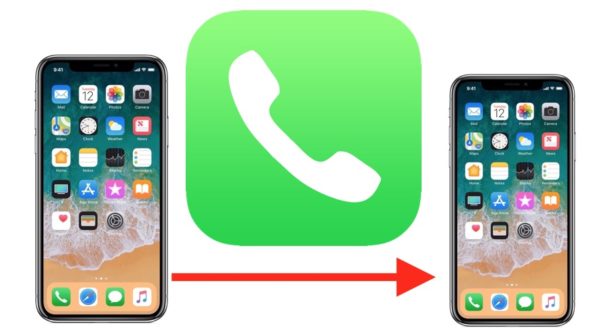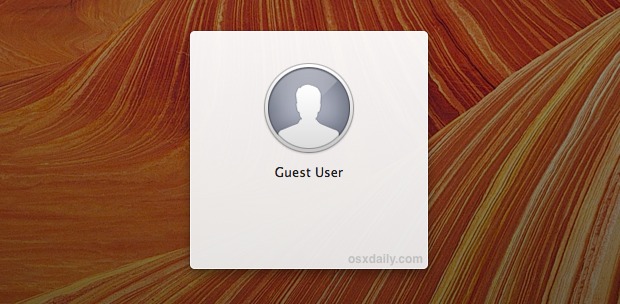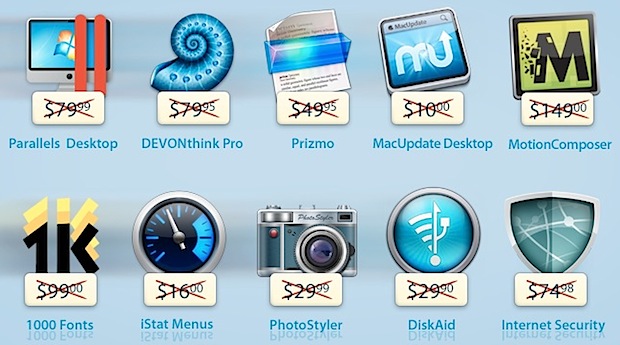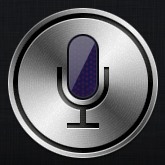Use Notes to Save Temporary Links & URL’s Without Adding to Bookmarks
![]()
If you’ve ever needed to gather a collection of website URL’s for later use, but didn’t want to bookmark everything or add them to Reading List, try tossing more ephemeral temporary links into an open note within the Notes app that is now bundled with Mac OS X. Not only will the links be synced between all your Macs, but they’ll also be sent across to your iOS devices too, allowing for simple and quick access to the temporary link collection regardless of where you are.
This is a great trick to use for online research, comparison shopping on craigslist and ebay, gathering information about news, and for the other many situations where you’ll need to gather a collection of links for perhaps a few hours or days, but not long enough to store the URL’s permanently in your Bookmarks collection.










 We recently discussed how to
We recently discussed how to 



 You’re probably aware that you can ask Siri for directions, and the personal assistant will route them for you through Apple Maps. This is an excellent feature to use while driving as it keeps you focused, and prevents you from poking around on the screen too much, which also happens to be an increasingly ticketable offense in some areas. But what if you’d rather use Google Maps for your directions? While there’s no direct Siri
You’re probably aware that you can ask Siri for directions, and the personal assistant will route them for you through Apple Maps. This is an excellent feature to use while driving as it keeps you focused, and prevents you from poking around on the screen too much, which also happens to be an increasingly ticketable offense in some areas. But what if you’d rather use Google Maps for your directions? While there’s no direct Siri 

